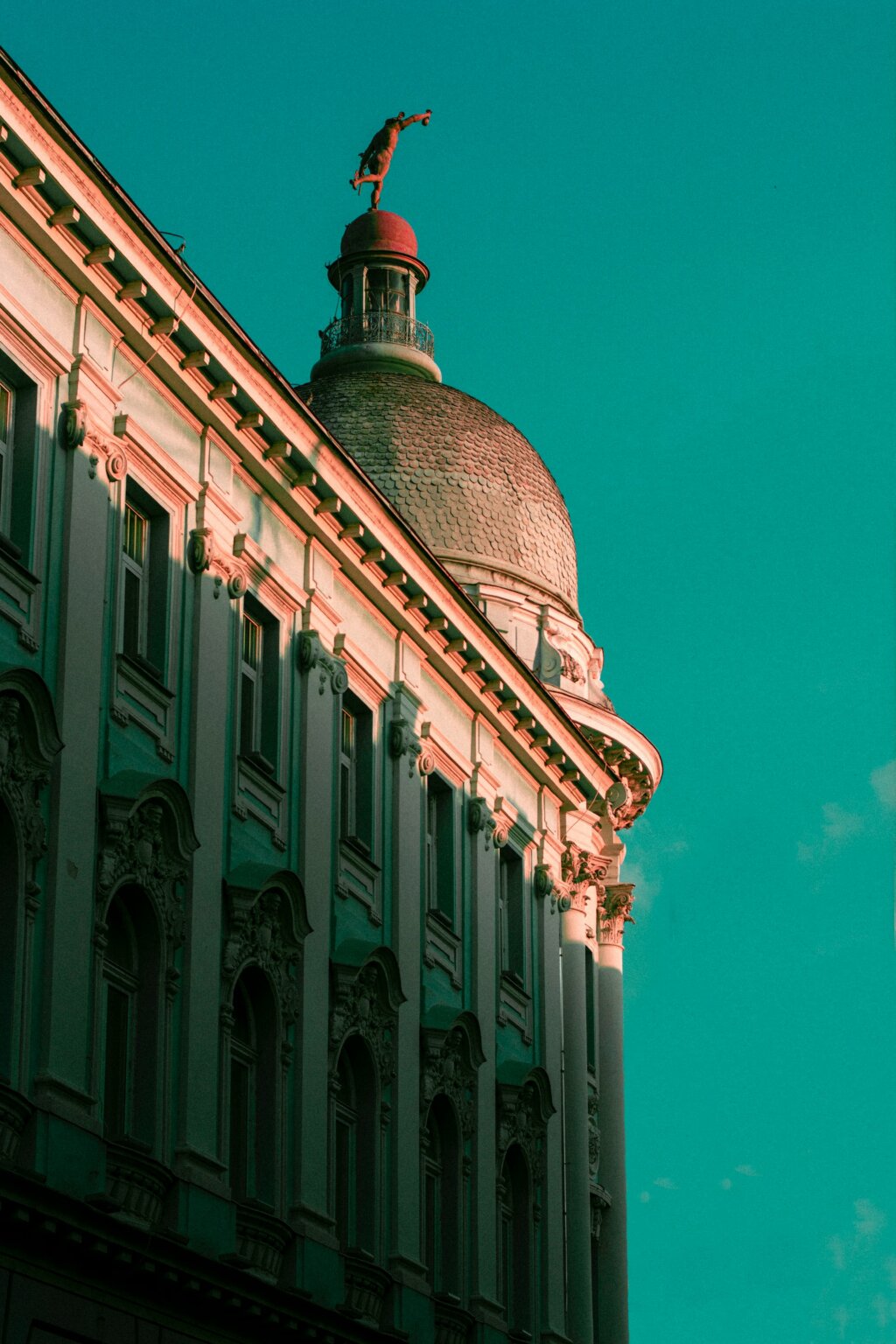- About
- Topics
- Picks
- Audio
- Story
- In-Depth
- Opinion
- News
- Donate
- Signup for our newsletterOur Editors' Best Picks.Send
Read, Debate: Engage.
| October 04, 2021 | |
|---|---|
| topic: | Political violence |
| tags: | #Montenegro, #Serbia, #media, #fake news |
| located: | Montenegro, Serbia |
| by: | Katarina Panić |
Montenegro’s society has been deeply divided politically, ethnically and religiously ever since it declared independence from Serbia in 2006. The divisions have intensified following the August 2020 elections and the fall of the 30-year-long regime of veteran leader Milo Đukanović and his Democratic Party of Socialists. As the pro-Serbian opposition assumed power and the demographic polarisation has grown even further, the chasm has been reflected in the nation’s media landscape more than ever before.
Suddenly, merely taking sides publicly has become rather outdated. It turned out there are many more ways in which the media can be utilised (or forced) to creatively support one side and demonise the other. The situation escalated over the Serbian Orthodox Church (SOC) leader's enthronement in Cetinje on 5 September. Euronews compared it to a scene from Apocalypse Now.
In brief, hundreds of demonstrators had gathered to prevent the inauguration of the metropolitan Joanikije, the head of SOC's brunch in Montenegro, viewing it as a symbol of influence by its larger neighbour, who has a history of oppressive pretension.
Around 20 officers were injured at the demonstrations and several dozen civilians were in need of medical assistance.
"I was in the car with two colleagues. The car was marked, and we all had our press cards to pass the police corridors. On our way to the monastery in Cetinje, we went through several police blockades, but they did not keep us since the journalists may move. We were verbally attacked at one of these points by protesters who offended our media outlets,” Vladimir Otašević, an investigative journalist from Montenegro, told FairPlanet.
“Still, we moved fast forward to avoid potentially more serious problems,” he continued. “People use to identify journalists with the editorial policy of the media they work with. Still, most journalists do their job fairly as possible, [even as] the vast majority of them are underpaid.”
According to the census from 2011, 72 percent of Montenegrin citizens identify themselves as Orthodox Christians. Among them, some 70 percent follow the Serbian Orthodox Church and 30 percent Montenegrin Orthodox Church, which is not canonically recognised by other Orthodox Churches. The previous government had imposed a law on the church's property which brought the people to the streets, and the new government withdrew it last December.
The main bit of news following the recent demonstrations was that there were no human casualties. That said, most media outlets have widely contributed to the deepening of the polarisation before, during and after the religious act. The headlines were reminiscent of the early nineties, when bloody wars followed the breakup of former Yugoslavia in all of its republics - except in Montenegro.
"Some media had persistently reported for days the enthronement mustn't happen in Cetinje. They had been creating an atmosphere of fear, inciting the impression the war would occur and victims were inevitable,” Otašević explained. “They have been inviting the citizens to Cetinje to defend Montenegro, its honour and the glorious history of ancestors who used to die for the ideals in the fight against the occupiers,” he added. “Some media mentioned that a sniper was ready for the patriarch, which was later denied.”
The Podgorica-based Center for Democratic Transition runs raskrinkavanje.me, a platform that tackles fake news and is a member of the International Fact-Checking Network (IFCN).
It recently launched a series investigating the impact of the government and the media and over conflict and safety risks. So far, two analyses under the headlines Chronology of Disinformation imply that the authorities deliberately gave fake information to certain media outlets in order to justify police action against protesters.
Firstly, the Prime Minister's cabinet passed on information to an online portal called Vijesti according to which protesters had thrown a Molotov cocktail at the police. Secondly, the interior ministry reported to a public broadcaster at RTCG that protesters had fired shots at the police.
Basing their narratives on these messages by the government, which were later proven to be false, many other media outlets had concluded that it was protesters’ violence that precipitated the use of tear gas by police.
"Who is the person who dared to play with the public and the citizens of Montenegro in these circumstances? We also do not know whether the government will be responsible for this dangerous misinformation," the author of analyses, Milica Kovačević, wrote. We know that such a long wait for official information does not contribute at all to the restoration of shaky stability."
Image by: Florian Olivo
By copying the embed code below, you agree to adhere to our republishing guidelines.

